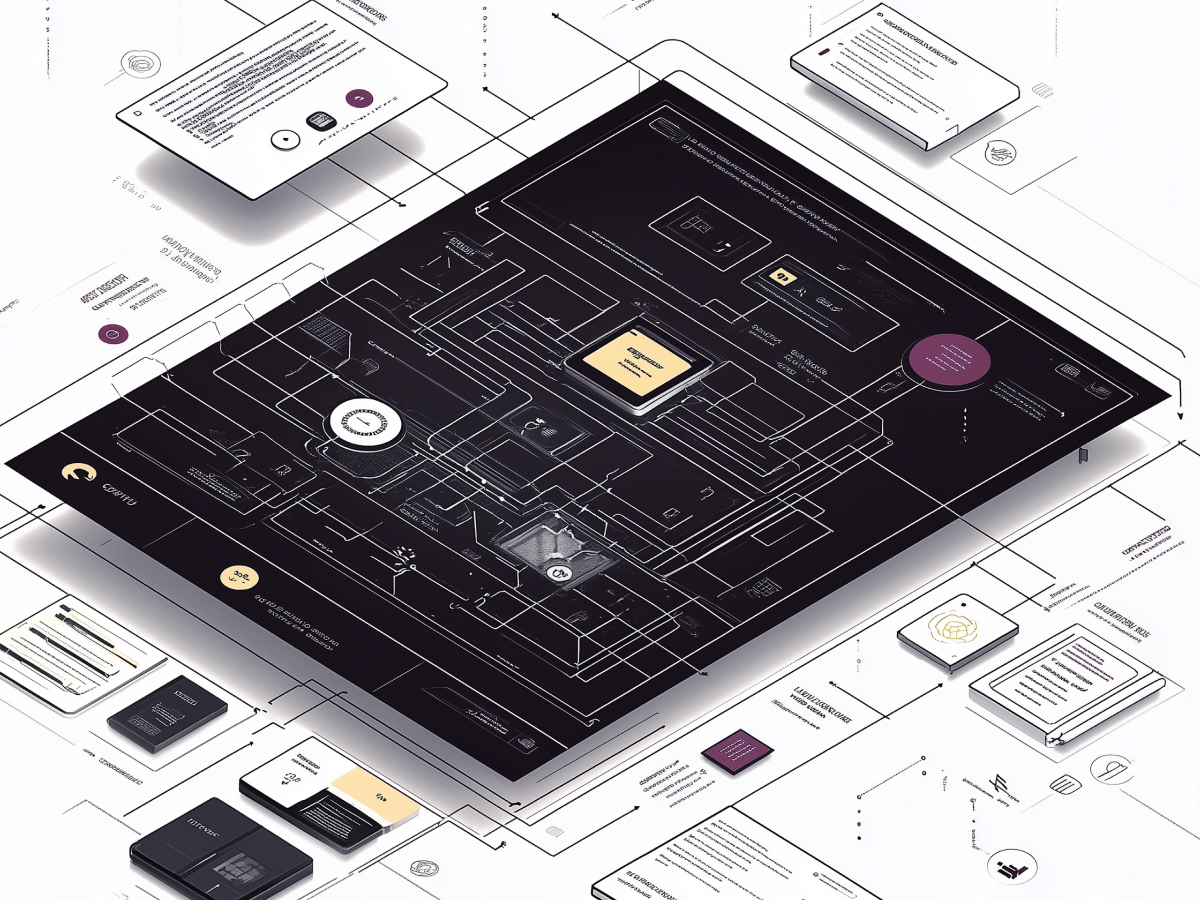Google cloud introduces application design center
If you’re responsible for scaling your enterprise’s digital infrastructure, there’s no real room for inefficiency. You need tools that reduce complexity. That’s what makes Google Cloud’s new Application Design Center worth a serious look. It’s in public preview now, and what they’ve built is aimed at cutting the fat from app design and deployment, that includes traditional cloud-native apps and the kind of generative AI solutions that are reshaping every industry from finance to logistics.
Application Design Center doesn’t follow the outdated model where UI is just an afterthought layered on top of disjointed backend tools. It’s centered around a visual, drag-and-drop canvas that actually informs and enables deployment logic, backed by real infrastructure-as-code. What that means in practical terms is developers and tech leaders can work together in real time on one screen. No back-and-forth across five different tools. No tickets waiting for handoffs. It’s all visible. All connected. All current.
Now, add Gemini Cloud Assist to the mix. It gives this whole thing a level-up. Developers are getting smart, context-aware suggestions through a chat interface powered by AI. Gemini can propose entire application architectures based on a business problem you’re trying to solve. That’s how you go from planning to execution faster than your competitors.
This matters for leadership because time-to-deploy is no longer just a technical metric, it’s a business differentiator. You need fewer blockers between an idea and launch, especially when you’re building in competitive areas like AI. The Application Design Center is designed for this moment.
The design center improves collaboration and ensures efficient application lifecycle management
Consistency and efficiency don’t happen by chance. They’re built into the system, or they’re not. Application Design Center puts structure in place for teams to move fast without losing control. Leaders know how chaotic app development can get when every group works with isolated tools and fragmented workflows. This tool changes that. It creates a shared environment where platform engineers can define reusable templates while letting development teams shape applications to their specific use cases.
Each team gets a workspace that reflects their actual needs. Admins and engineers can enforce standardization at the infrastructure level through templates. Developers aren’t starting from scratch or reinventing delivery pipelines, they’re building with alignment from day one. Templates include design logic, infrastructure configurations, and deployment parameters, and they’re editable through the same visual interface. No switching between multiple systems. That kind of centralization cuts out human error and speeds up iteration.
The tool also embeds infrastructure-as-code directly in the design process. Developers see it live. They don’t have to chase down platform teams or manually translate architecture diagrams into code, it’s all in-line. Collaboration moves faster, with a tighter feedback loop between dev and ops. For executives, that translates to higher deployment velocity, improved system reliability, and better visibility into the full app lifecycle from design to production.
The operational impact here is clear. When you can manage lifecycle processes from a single interface, at scale, across teams, you reduce waste, engineering effort, cloud costs, and time. And when collaboration becomes structured and repeatable, output becomes more predictable. That’s critical when you’re responsible for systems that affect revenue, customer experience, or product launches. This is a control point for your entire digital operation.
Application design center supports a wide range of application types
Versatility in infrastructure matters. You don’t grow with rigid systems, you grow with adaptable platforms. Google Cloud’s Application Design Center is engineered to support a broad spectrum of application types: traditional web services, containerized workloads, scalable backend systems, and advanced generative AI applications. This is about preparing your organization for what’s coming next.
It supports full-stack deployment models. Whether your team is building backend APIs in containers or training AI models for customer-facing tools, the same visual and AI-supported interface guides you through the process. You can drag infrastructure elements onto the canvas, get smart design suggestions from Gemini Cloud Assist, and then deploy, all from one platform. It simplifies the lifecycle, but more importantly, it connects high-complexity application types to a workflow that’s accessible and repeatable.
Once deployed, teams can pull live code from their repositories, whether it’s Git-based or container registries, and wire that into the existing infrastructure. This opens the door for real DevOps practices. Continuous integration becomes easier to implement when infrastructure templates and application logic live in one place. That impacts how fast you scale, how consistently you maintain systems, and how intelligently you evolve product features.
Modern businesses aren’t operating in a static environment. Customer demands shift. Technologies advance. Your architecture needs to be ready for AI today and scalable infrastructures tomorrow. If your platform can’t pivot between those modes without rewriting or reinventing pipelines, you lose time, sometimes critical time. With this Design Center, Google has created a surface where systems evolve without friction. That’s how you keep moving, deliberately, and without bottlenecks.
Main highlights
- Streamline development with AI-led design: Google Cloud’s Application Design Center reduces friction in app development by combining visual tools with AI-powered suggestions from Gemini, enabling teams to design and launch apps, cloud-native or AI-driven, more efficiently.
- Standardize collaboration to accelerate delivery: Centralized templates, live infrastructure-as-code visibility, and unified workspaces allow platform and dev teams to build smarter together, cutting down lead times and reducing operational silos.
- Future-proof your architecture with flexibility: The platform supports full-stack builds, including generative AI and containerized workloads, helping leaders scale fast and adapt confidently to shifting technology demands.




